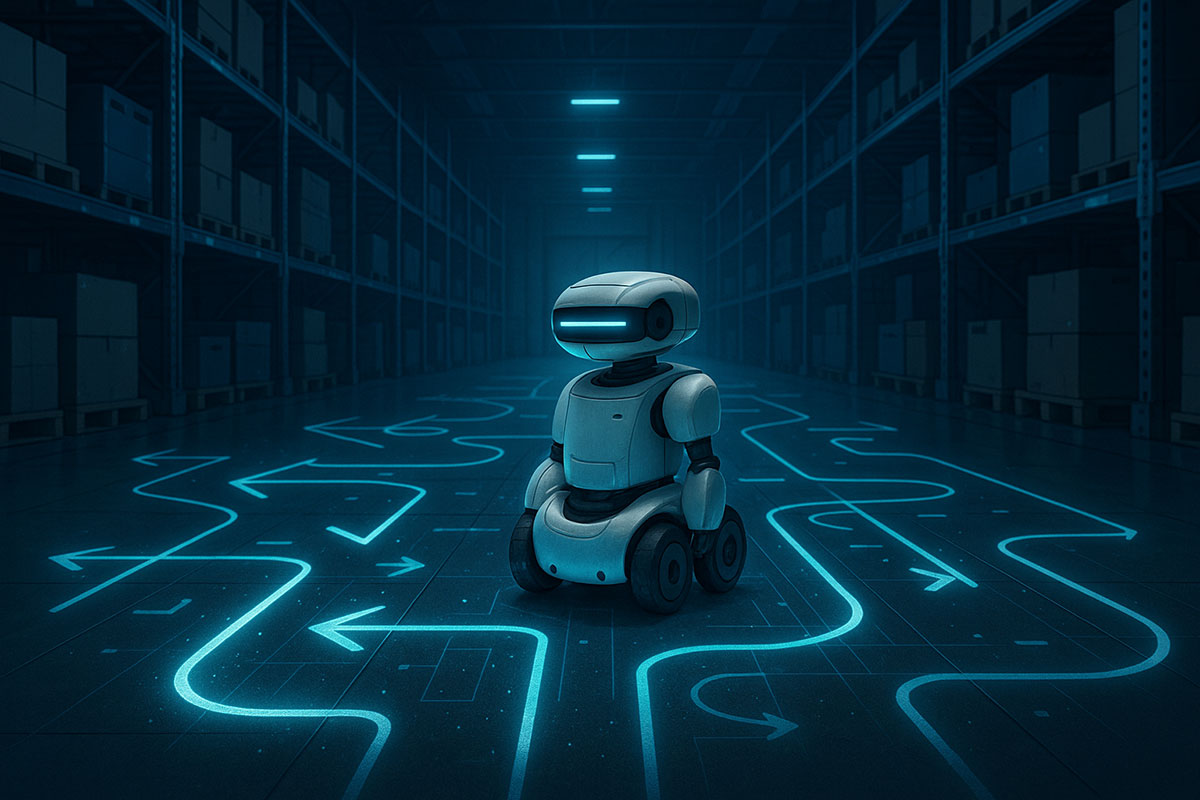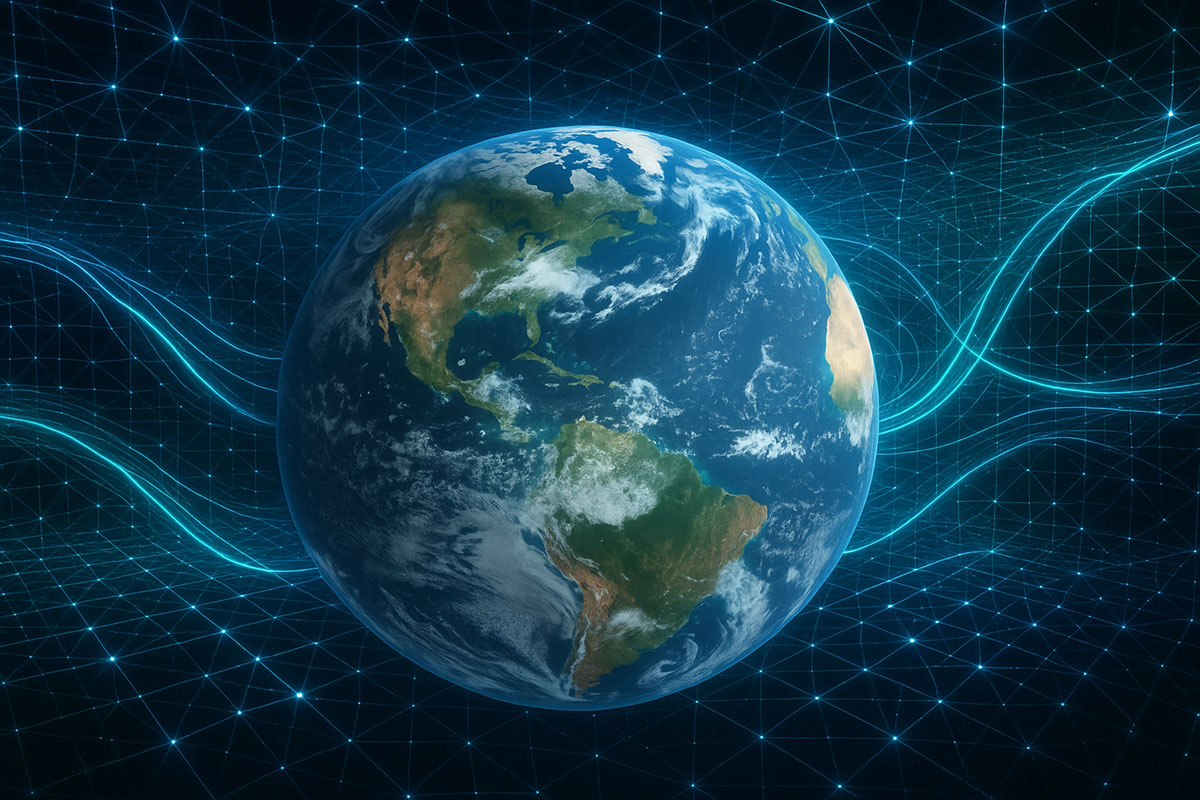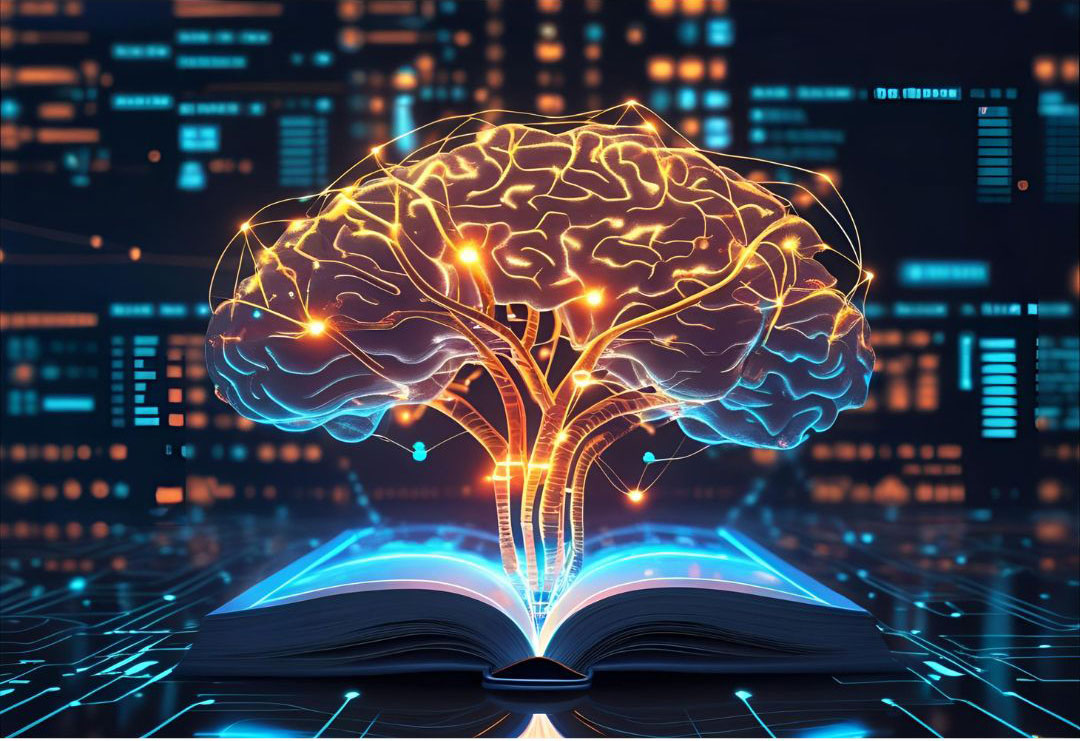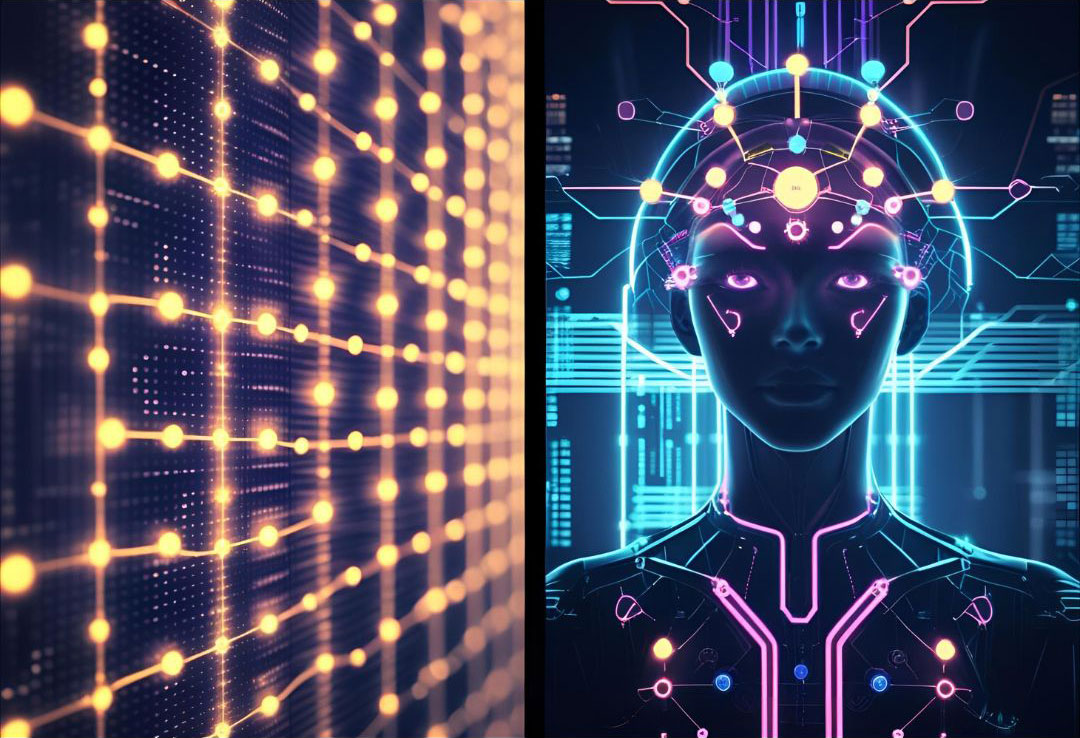Reinforcement Learning in 2025: From Games to Real-World Automation
Reinforcement learning is no longer just for games. In 2025, it powers robotics, logistics, healthcare, and autonomous decision-making.
TrendFlash

Introduction
Reinforcement learning (RL) made headlines when algorithms like AlphaGo beat human champions. In 2025, RL is stepping out of gaming labs and reshaping industries with real-world automation and adaptive decision-making.
What is Reinforcement Learning?
RL trains agents to make decisions by rewarding successful actions. Instead of learning from static data, RL agents learn by interacting with environments and improving over time.
From Games to Industry
RL is moving beyond virtual board games and simulations into physical, high-stakes environments:
- Robotics: RL trains machines to grasp, walk, or navigate unpredictable spaces.
- Healthcare: AI agents optimize treatment schedules and robotic surgeries.
- Logistics: RL helps warehouses optimize routes, inventory, and supply chains.
- Energy: Smart grids use RL to balance energy demand and renewable supply.
Why 2025 is a Breakthrough Year
- Simulation-to-Reality Transfer: Advanced simulators reduce the gap between virtual training and real-world use.
- Multimodal RL: Agents learn from both sensors and language prompts, enabling natural instructions.
- Edge Deployment: On-device RL models run in robots and IoT systems without cloud latency.
Challenges Ahead
- Safety: Trial-and-error in real-world contexts can be risky without safeguards.
- Scalability: RL is compute-intensive and costly for large environments.
- Ethics: Questions arise when autonomous agents make critical decisions affecting humans.
Case Study: Autonomous Warehouses
Major e-commerce companies use RL-powered robots to optimize product picking and packing. These agents learn to reduce collisions, shorten paths, and adapt to unexpected traffic.
Future Outlook
By 2030, RL will enable fleets of autonomous systems—self-driving cars, smart factories, and collaborative robots—that adapt to dynamic environments without human micromanagement.
Conclusion
Reinforcement learning is no longer a research curiosity. In 2025, it is the backbone of AI-driven automation, bridging simulation and reality to create self-learning systems that adapt to the world around them.
Related reads
Share this post
Categories
Recent Posts
AI in Insurance 2025: How Algorithms Are Transforming Claims and Risk in the US
AI in US Classrooms 2025: Are Smart Tutors the Future of Education?
AI Credit Scoring in 2025: How Algorithms Are Redefining Lending in the US
AI Fintech Startups in the US: How 2025 Is Reshaping Money Management
Related Posts
Continue reading more about AI and machine learning

AI for Climate Action in 2025: How Deep Learning Is Tackling Global Warming
Deep learning is fighting global warming in 2025. From predicting extreme weather to optimizing renewable energy, AI is taking on climate change.

Large Language Models Explained: The Brains Behind GPT-5 and Beyond
LLMs like GPT-5 are transforming industries, but how do they actually work? This post explains the building blocks of large language models in simple terms.

Transformers vs CNNs: Which Deep Learning Architecture Wins in 2025?
CNNs once dominated image recognition, but Transformers are challenging their supremacy. This post explores strengths, weaknesses, and the future of both architectures in 2025.